
Position:Home > News > Application
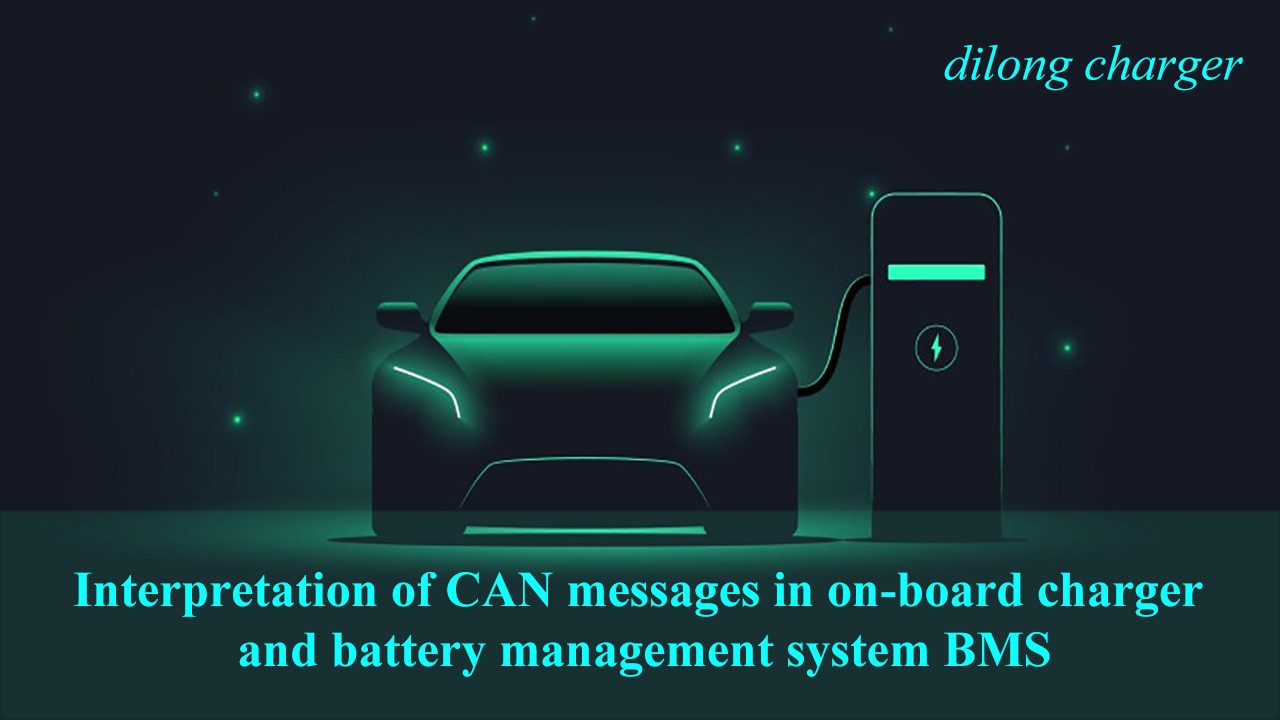
CAN bus is one of the most widely used field buses and is widely used in the electric vehicle industry.
By intercepting the CAN messages between the battery management system (BMS) and the on board charger (OBC),It can analyze in detail whether the electric vehicle charging process conforms to the relevant protocols, and find the cause of the Fault.
Correctly interpreting CAN messages is one of the effective measures to find car charging faults.
According to Chapter 8 in GB/T27930-2015, the electric vehicle charging process has six steps, and there are four stages related to the message.
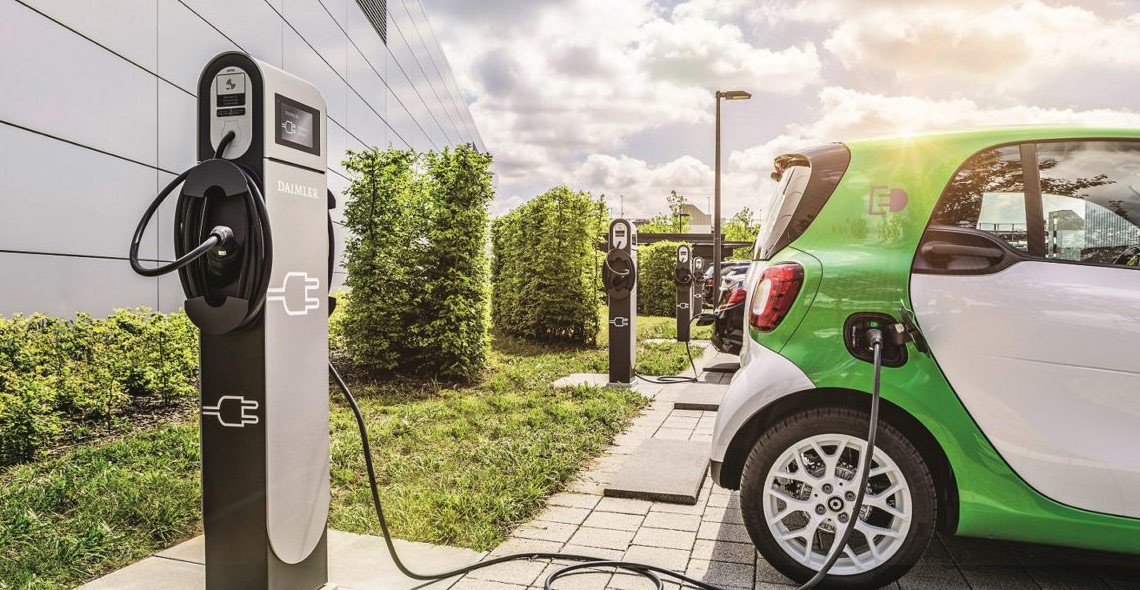
Including the low-voltage auxiliary power supply power-on and charging connection stage, the charging parameter configuration stage, the charging stage and the charging end stage.
If the on-board charger and BMS do not receive the message or the received message is incorrect within the specified time, it will be judged as timeout, and it is generally considered that the timeout exceeds 5s.
After a timeout occurs, the BMS and the on-board charger will send an error message and enter the error processing state.
So how do the on-board charger and BMS send CAN messages at various stages of electric vehicle charging?
1. charging connection stage
After the on-board charger is physically connected to the electric vehicle and powered on, and the voltage is checked to be normal.
The on-board charger sends a charger handshake message to the BMS every 250ms to determine whether the handshake is normal.
When the BMS receives the handshake message from the on-board charger, it returns a BMS handshake message to the charger every 250ms to provide the maximum allowable total charging voltage of the BMS.
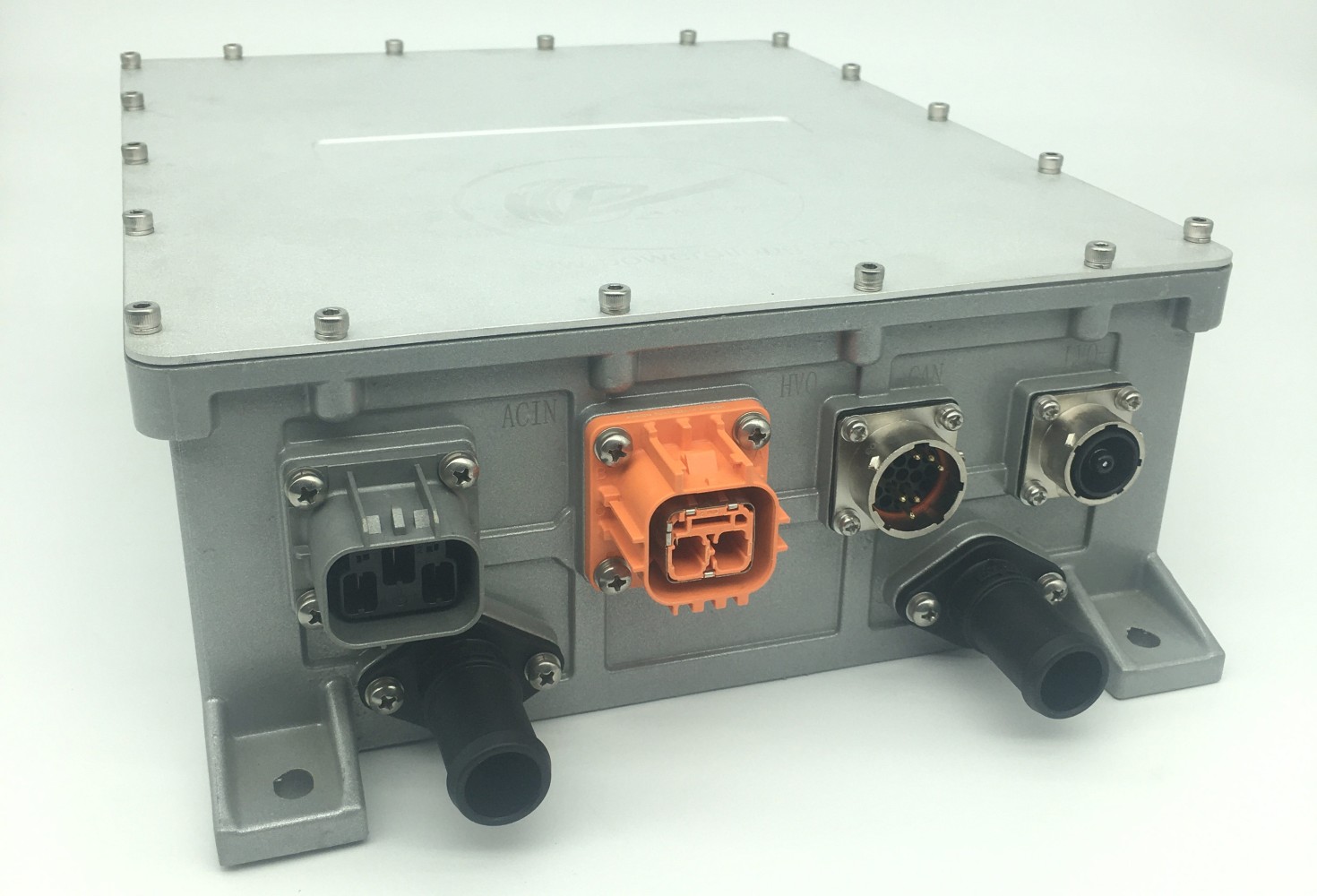
When the on-board charger is confirmed by the connection and it is determined that the insulation monitoring is normal, a charger identification message is sent to the BMS every 250ms to confirm that the communication link between the charger and the BMS is correct.
2. Charging parameter configuration stage
The BMS sends the power battery charging parameters to the on-board charger. If the charger does not receive the message within 5s, it is a timeout error.
The on-board charger sends charging time synchronization information to the BMS, and the charger sends its maximum output capability to the BMS to estimate the remaining charging time.
The BMS sends the power battery charging ready message to the on-board charger to let the charger confirm that the BMS is ready to charge.
The on-board charger sends an output ready message to the BMS, so that the BMS confirms that the charger is ready to output.
3. charging stage
The BMS sends a power battery charging demand message to the on-board charger, so that the charger can adjust the charging voltage and current according to the battery charging demand to ensure the normal charging process.
If the charger does not receive the message within 1s, it is a timeout error.
In the constant voltage charging mode, the output voltage of the charger should meet the voltage demand value, and the output current cannot exceed the current demand value.
In the constant current charging mode, the current output by the charger should meet the current demand value, and the output voltage should not exceed the voltage demand value.
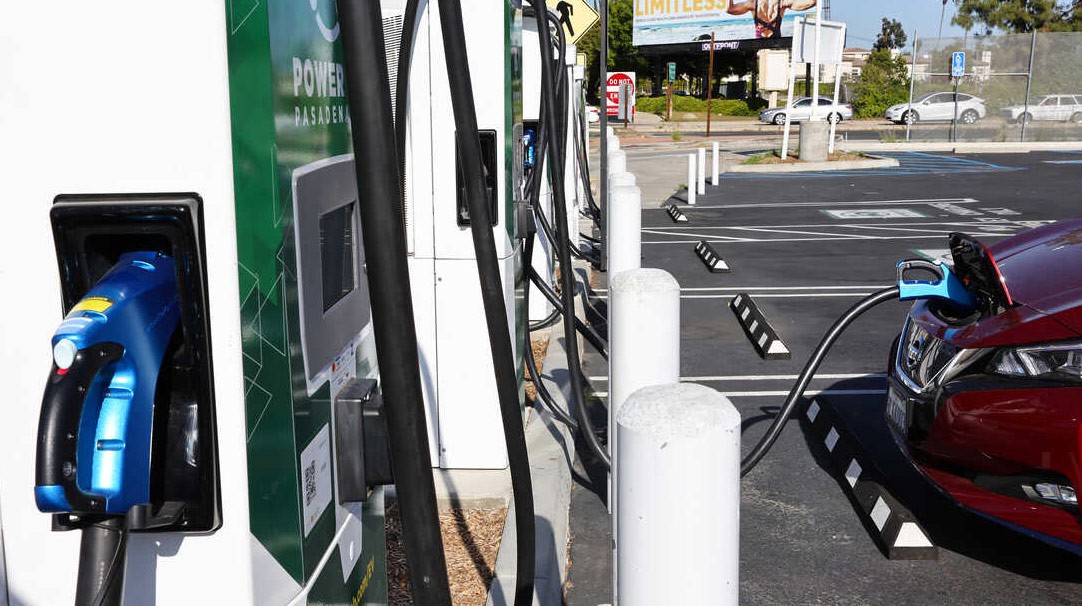
The BMS sends the overall status message of the power battery to the on-board charger, and monitors the charging status such as the charging voltage and charging current of the battery pack during the charging process.
The on-board charger sends a charger charging status message to the BMS, so that the BMS can monitor the current output charging voltage and current of the charger.
If the BMS does not receive the message within 1s, it is a timeout error.
4. End of charge phase
The BMS sends a termination message to the on-board charger, instructing the charger to end the charging process, and informs the reason for ending the charging.
The on-board charger sends a message about the end of charging to the BMS, and informs the reason for the end of charging.
5. About Dilong New Energy
Dilong New Energy Technology Hebei Co., Ltd. relies on Dilong Group's 20 years of power supply R&D and production experience to deeply cultivate research and development innovation. Mainly committed to the research and development, production and sales of electric vehicle power charging systems, new energy vehicle charging systems and equipment.
Dilong New Energy took the lead in passing the IATF16949:2016 certification, and has become a leader in the field of various on-board chargers, DCDC converters and integrated machines in the electric vehicle market. A strong R&D team and efficient vertical integration enable us to provide customers with different solutions quickly and flexibly.
Dilong New Energy has cooperated with more than 400 Chinese and foreign electric vehicle manufacturers, and has cooperated with some electric vehicle manufacturers for more than 10 years.
Dilong New Energy focuses on the development of on-board chargers, DCDC converters and on-board integrated power technology.
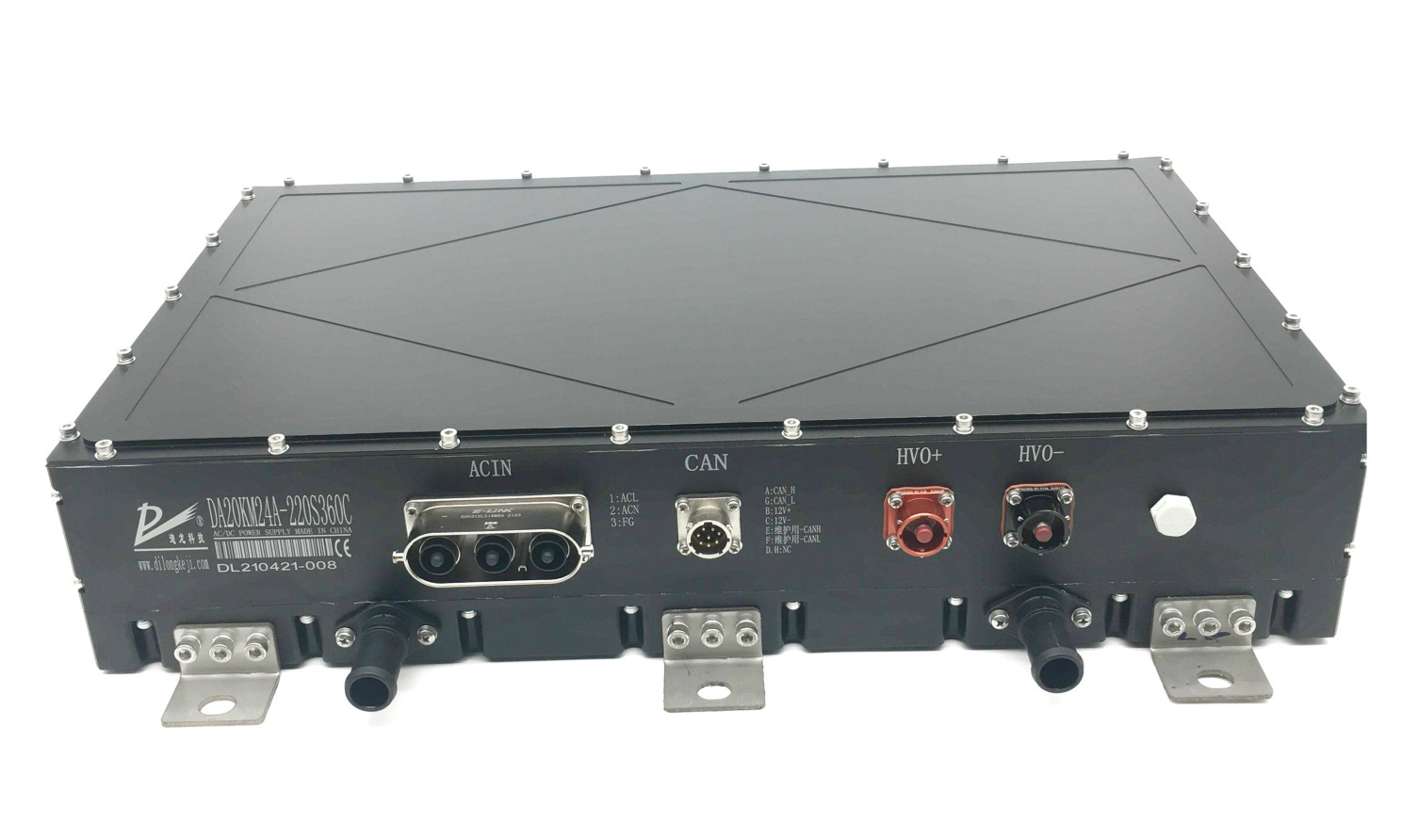
Whether it is an existing product or a customized solution, Dillon provides safe, reliable and complete electronic products that meet international standards and requirements.
The R&D team is composed of experts and engineers with rich experience in the power supply field, accounting for more than 50%.
Dilong New Energy strives to be the pioneer and leader of China's new energy vehicle power supply industry.
The company applies the high-voltage full-brick technology with independent intellectual property rights to the DCDC converter. The product has high reliability and stable quality, and has won the trust and support of many electric vehicle manufacturers.
The on-board charger adopts LLC soft-switching resonance technology and all-digital control technology. The cooling methods include liquid cooling, air cooling and self-cooling. The fault-free running time is longer, and it has high efficiency, high power density and high power factor.
With keen market insight, Dilong New Energy has successively launched a series of high-performance on-board charger products that meet market demand, and has now become the first brand of on-board chargers.
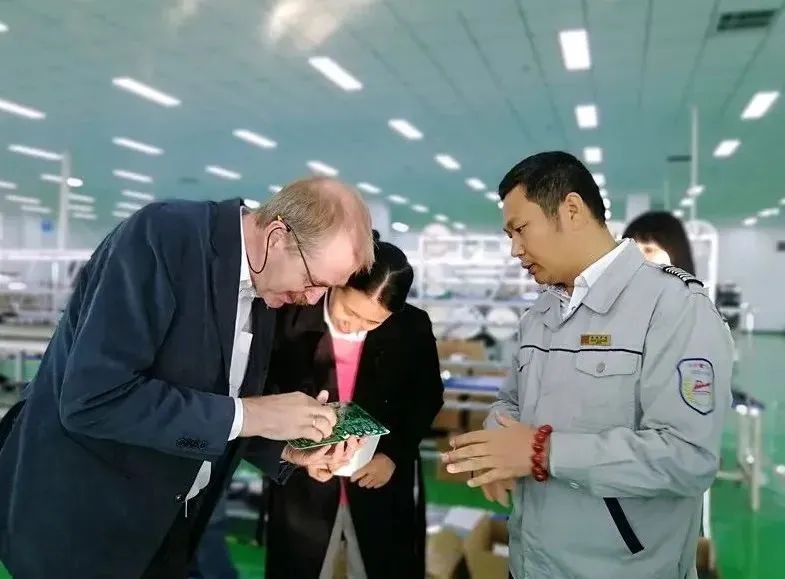
Dilong New Energy/Dilong Technology covers an area of more than 150 acres and has been focusing on power research and development for 20 years. Products include AC/DC, DC/DC power modules, electric vehicle power supplies, on-board power OBC on-board chargers, and on-board DC/DC converters. Hotline: 400-666-9897 Welcome readers and friends to reprint, share and comment. Your active participation is the driving force for our continuous creation.